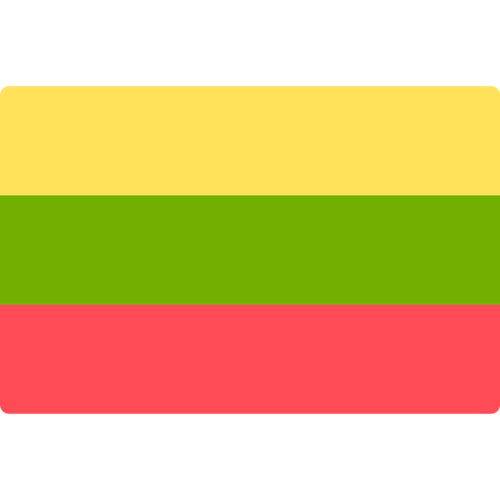
- No Results
- Global
-
Australia

-
Austria

-
Azerbaijan

-
Brazil

-
Belgium

-
Canada

-
Chile

-
China

-
Costa Rica

-
Croatia

-
Czech Republic

-
Denmark

-
ESTONIA

-
Finland

-
France

-
Germany

-
Hong Kong

-
Hungary

-
India

-
Italy

-
Ireland

-
Japan

-
Korea

-
Latvia

-
Lithuania

-
Malaysia

-
Mexico

-
Morocco

-
Netherlands

-
New Zealand

-
Norway

-
Philippines

-
Poland

-
Portugal

-
Romania

-
Singapore

-
Slovakia

-
Slovenia

-
Spain

-
Sweden

-
Switzerland

-
Taiwan

-
Turkey

-
United Kingdom

-
UNITED ARAB EMIRATES

-
United States

-
Vietnam

In vitro Cytotoxicity Assay with XTT Dye (mouse cell line L929)
Contact usThe XTT test is based on the cleavage of the yellow tetrazolium salt XTT to form an orange water soluble formazan product by dehydrogenase activity in the active mitochondria.
A decrease in number of living cells results in a decrease in the overall activity of mitochondrial dehydrogenases in the sample. This decrease directly correlates to the amount of the orange formazan formed, as monitored by the absorbance.
With the XTT test, cell proliferation and viability of the cells after treatment with the test item are determined colorimetrically.

Assessment of mitochondrial dehydrogenase activity by extraction method and XTT Dye
- The test item is extracted under agitation for a defined period of time in DMEM supplemented with 10% FBS at 37 ± 1°C and L929 cells are incubated with the extract.
- Shortly before the end of the incubation period, the cells are evaluated microscopically and the XTT reagent and an electron coupling reagent are added. The cells are incubated for further 1 – 2 h and the absorbance is determined at 450 nm (reference wavelength 650 nm).
- Dehydrogenase activity of less than 70% compared to untreated control cultures (solvent control) is considered as a clear cytotoxic effect according to ISO 10993-5.
Protocol |
|
|
Cell line |
L929 cells (ATCC No. CCL1, NCTC clone 929 (connective tissue mouse), clone of strain L (DSMZ)) |
|
Analysis |
The XTT test is based on the cleavage of the yellow tetrazolium salt XTT to form an orange water soluble formazan product by dehydrogenase activity in active mitochondria |
|
Concentrations |
4 concentrations of the test extract: 29.6%, 44.4%, 66.7% and 100% |
|
Extraction time |
4 - 72 h at 37 ± 1°C - 4 h (short-term contact and intact skin or mucosa) |
|
Incubation time |
24 - 72 h at 37 ± 1°C |
|
Quality controls |
Solvent Control: DMEM 10% FBS Negative control: Polypropylene extracted in DMEM 10% FBS Positive control: Latex extracted in DMEM 10% FBS |
|
Data delivery |
Mitochondrial dehydrogenase activity is determined through the absorbance at 450 nm (reference wavelength 650 nm) |
|
Positive prediction |
Dehydrogenase activity of less than 70% compared to untreated control cultures (solvent control) is considered as a clear cytotoxic effect |
References
- Scudiero, P. A.; Shoemaker, R. H.; Paull, K. D.; Monks, A.; Thierney, S.; Nofziger, T. ; Currens, M. J.; Seniff, D.; Boyd, M. R.: 1988, “Evaluation of a soluble Tetrazolium/Formazan assay for cell growth and drug sensitivity in culture using human and other tumor cell lines“. Cancer Res., 48, 4827 – 4833
- ISO 10993-5: 2009, “Biological evaluation of medical devices – Part 5: Tests for in vitro cytotoxicity“
- ISO 10993-12: 2012, “Biological evaluation of medical devices – Part 12: Sample preparation and reference materials“

